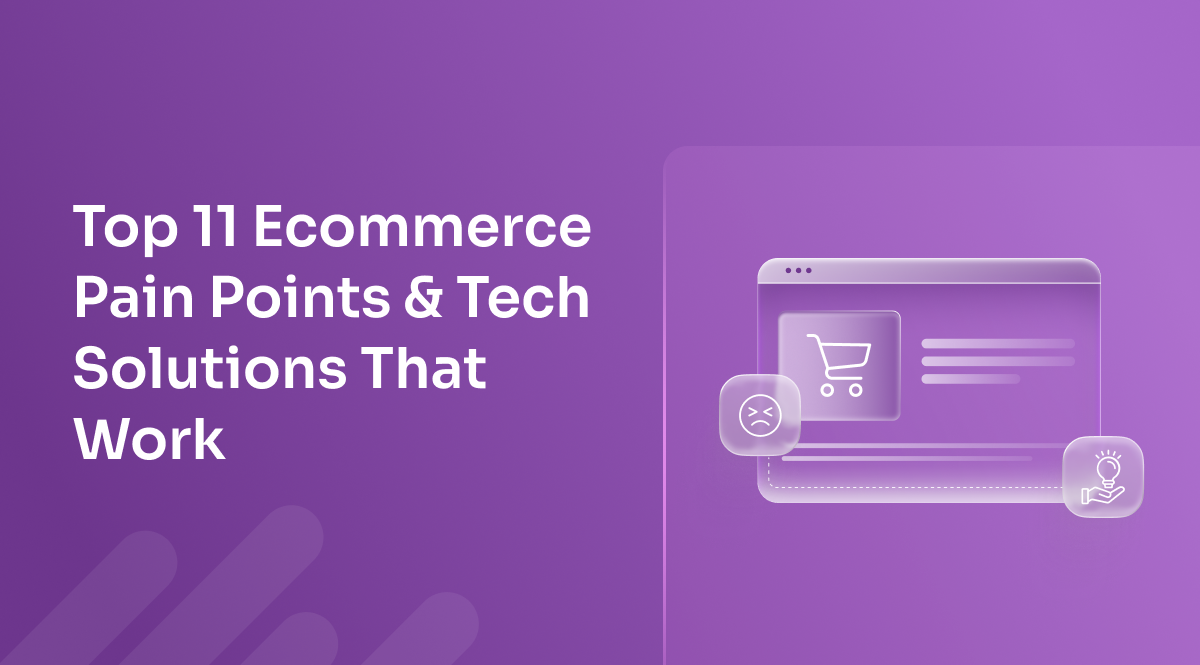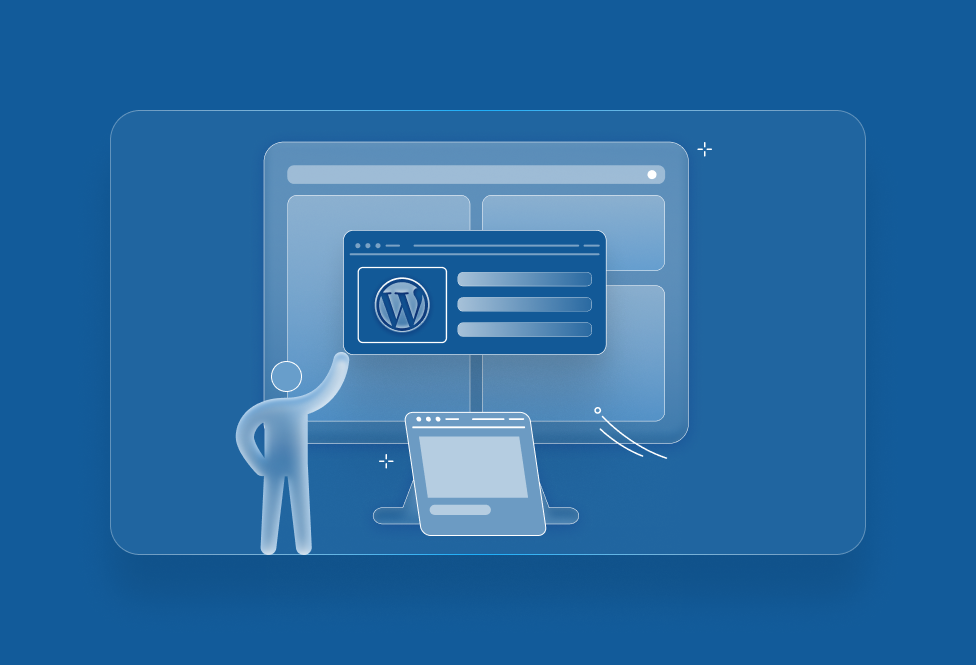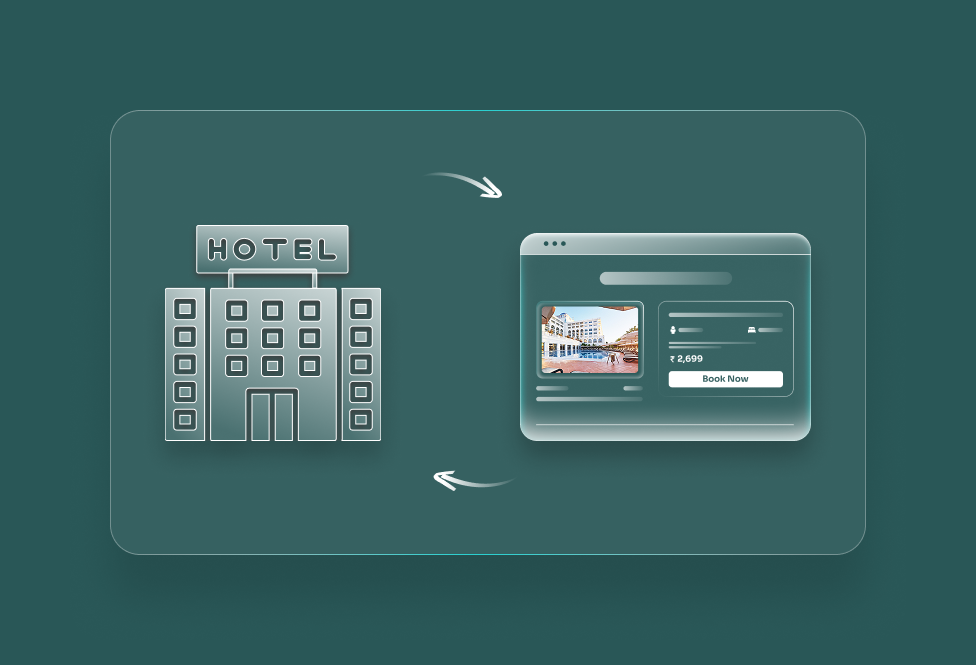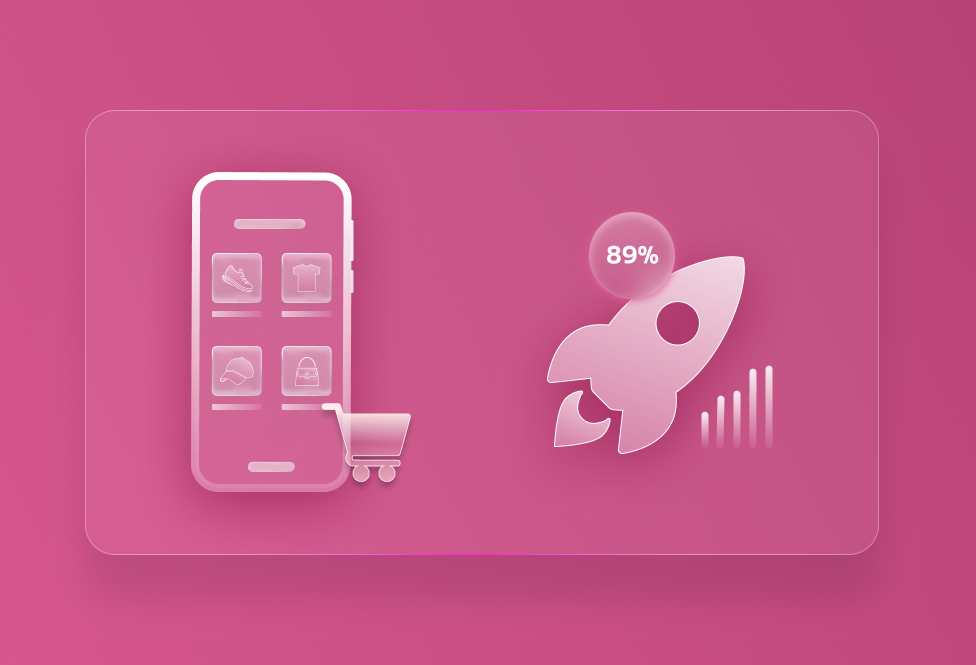Scaling a store often comes with an ecommerce pain point or two hiding behind the scenes. Earlier this year, we worked with a DTC brand that had just crossed the eight-figure mark. On paper, everything looked like a win—revenue was growing, products were moving, customers were sticking around. But pressure was building.
Cart abandonment was creeping up. Inventory wasn’t syncing properly between warehouse and storefront. Mobile performance was shaky. Support tickets had doubled in just a few months.
As a CTO, I’ve seen this story play out more times than I can count. It happens in fast-growing DTC brands, B2B storefronts trying to modernize, and multi-channel sellers juggling too many systems.
Growth brings opportunity, but it also exposes weak spots. Most ecommerce setups aren’t built to handle the weight that comes with scale.
And now, with global ecommerce sales expected to reach $7.4 trillion in 2025, customer expectations are at an all-time high. They want speed, accuracy, and a seamless experience. They don’t care how complex your backend is – they just expect it to work.
So here’s what I want to share – 11 of the most common ecommerce pain point we keep seeing in the field. Not hypotheticals, but real blockers we’ve helped solve. If you are scaling, or planning to, these are the things that will make or break your momentum.
These 11 Ecommerce Pain Point – I’m talking about!
Cart Abandonment
You’ve done everything right. The visitor found a product, liked it, clicked “Add to Cart.” And then… nothing.
This is one of the most frustrating parts of running an ecommerce business. The shopper clearly had intent, but somewhere between interest and checkout, you lost them. In most cases, the problem isn’t the product. It’s an experience. Maybe shipping costs popped up too late. Maybe the form was too long. Maybe they just needed a nudge they never got.
We’ve seen brands recover 11-20% of abandoned carts simply by setting up automated reminders, offering guest checkout, and showing shipping estimates upfront. None of that is fancy. It’s just smart.
Slow Website Speed
No one waits. Not for a homepage. Not for product images. Not for anything.
If your site takes more than 3 seconds to load, a significant chunk of your traffic is already gone. One client we worked with had beautiful product videos – but on mobile, it felt like trying to load a movie on dial-up. A few performance tweaks (compressed images, lighter code, CDN setup), and their bounce rate dropped almost immediately.
Speed is invisible when it’s working, and unforgiving when it’s not.
Inventory Mismanagement
This is where ecommerce turns messy. You’re selling on multiple channels, running promos, and updating stock manually. At some point, something breaks.
We’ve seen stores accidentally oversell items during a flash sale and then scramble to clean up the mess with refunds and apologies. Not only does it hurt revenue, it erodes trust.
Fixing this doesn’t mean building custom software from scratch. Tools like Zoho Inventory, TradeGecko, or even a well-set-up WooCommerce plugin can keep stock synced in real time across channels.
Poor Mobile Experience
More than half of your traffic is coming from mobile. And yet, a lot of ecommerce stores are still built with desktop in mind.
We worked with a retailer whose site looked great on a laptop, but the mobile version had overlapping buttons, cut-off images, and a menu that barely worked. Once we switched them to a responsive, mobile-first design, their conversion rate on smartphones nearly doubled.
Mobile is not a secondary experience anymore. It’s the default.
Inadequate Personalization
People expect your store to know them – not stalk them, but at least remember their size, preferences, or past orders.
One client had a great product lineup but saw low repeat purchases. Turns out, returning customers were seeing the same homepage and same product feed as first-timers. After we added dynamic content blocks and personalized recommendations based on browsing history, their AOV (average order value) quietly started to climb.
It’s a small shift with a big payoff.
Complex Checkout Process
The harder it is to pay you, the fewer people will.
A five-step checkout, forced account creation, or lack of clear progress indicators – any of these can cause drop-offs. One brand we helped simplify their checkout to a clean, one-page layout with autofill, multiple payment options, and a clear “Pay Now” button. That one change boosted completed orders by 14% in a week.
Friction kills especially when someone is ready to buy.
Customer Support Delays
Support should not feel like a game of email ping-pong. And yet, it often does.
We’ve seen businesses grow quickly, only to find their inbox flooded with questions like “Where’s my order?” or “How do I return this?” Adding a helpdesk system with smart routing, setting up a chatbot for common queries, and publishing a proper FAQ can cut that load dramatically.
Support is where your brand builds trust. Delays cost more than just time – they cost loyalty.
High Return Rates
Sometimes returns are inevitable. But often, they’re preventable.
One apparel brand struggled with high return rates on their best-selling item. When we dug in, we found the product photos didn’t show fit properly and the size guide was buried. After updating imagery and adding a “fit feedback” feature from other buyers, returns dropped by 23%.
Returns aren’t just a logistics problem. They’re a content clarity problem too.
Low Conversion Rates
If your traffic is decent but your sales are low, it’s not always a marketing issue. Sometimes, it’s about trust, clarity, or relevance.
We helped a home goods brand run a conversion audit, and found three simple fixes: unclear value prop on the homepage, vague product descriptions, and no reviews showing. After adjusting just those, their conversion rate improved without touching ads or traffic.
Conversions happen when the buying decision feels obvious. Make it obvious.
Scattered Customer Data
Customer data lives everywhere – in your email tool, your store backend, your CRM …only if you have one, and maybe even someone’s spreadsheet. That’s a problem.
Without a central view of each customer, it’s hard to know who’s buying, who’s at risk, and where to focus. We’ve helped brands connect these dots with tools like Klaviyo, HubSpot, or custom dashboards that pull in key signals from across the stack.
Smart decisions start with clean, connected data.
Slow Delivery and Shipping Delays
You can have a great product, seamless checkout, and beautiful packaging but if delivery takes too long, customers remember that more than anything else.
We’ve seen brands lose repeat buyers simply because orders arrived late or tracking updates were unclear. It’s not always the courier’s fault. Sometimes it’s about disconnected systems between your store, your warehouse, and your logistics partners.
One client cut delivery-related complaints by 60% just by integrating real-time tracking, automating shipping label generation, and setting proper delivery expectations at checkout.
Shipping is part of the experience. If it feels slow or uncertain, it chips away at customer trust and at your brand.
Final thought for you
Every ecommerce brand runs into these challenges sooner or later. They are not edge cases. They are signals that your business is growing and the systems behind it need to evolve.
The difference between stores that stall and those that scale often comes down to how these issues are handled. Small decisions, like optimizing site speed, simplifying checkout, or finally unifying your customer data, can have an outsized impact when made at the right time.
That is exactly the kind of work we focus on at our team here at JNext. For over 12+ years, we have helped ecommerce businesses move past these roadblocks with tailored WordPress and WooCommerce solutions. No shortcuts. Just the right tools, clean execution, and a roadmap that fits the stage you are in.
If what you need is a team that connects the dots between infrastructure and customer experience and can actually make things run smoother,
We are only one msg/call away!


 August 11, 2025
August 11, 2025





TEAM id
jnext_services
email us [email protected]
india
+91 98587 63596
United Kingdom
+ 44 77679 57915